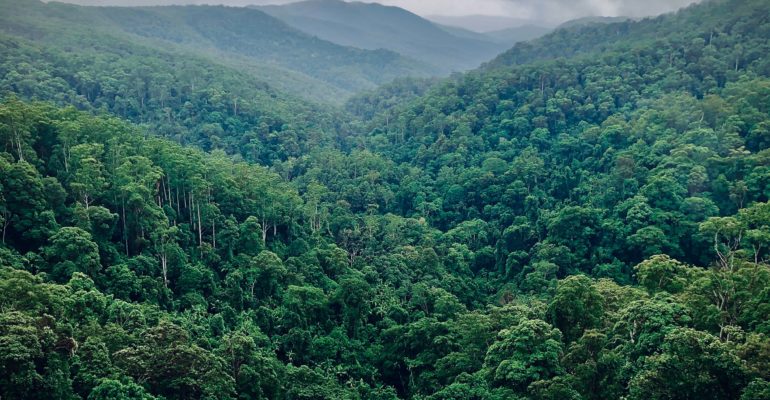Why the Congo Rainforest is a crucial region
Covering roughly 2 million square miles and spread across six countries (D.R.C, Cameroon, Gabon, Republic of Congo, Central African Republic, Equatorial Guinea), the Congo Rainforest is the second largest tropical rainforest in the world. It is extremely biodiverse (having a wide variety of plants, animals, fungi and microorganisms), with over 10,000 plant and animal species, including large, rare mammals such as forest elephants, mountain gorillas and okapis. Vast amounts of carbon are stored in its soils, trees and peatlands, making it a key part of international plans to lower global carbon emissions.
Why the Congo Rainforest has remained relatively untouched
Compared to other major tropical forests such as the Amazon, the Congo Rainforest has not been heavily impacted by human activities. Armed conflict and political instability has been widespread in the region in the past decades, making it unappealing to foreign investors. This has prevented industrial activities such as logging, mining and commercial agriculture from operating in the region at large scales. As a result, the deforestation that has occurred in the region has mainly come from small-scale practices, such as land clearing for subsistence farming. However, scientists warn that the threats posed by industries are growing.
Emerging threats to the Congo Rainforest
Two of the biggest threats to the rainforest are logging for timber production and agriculture. Logging not only reduces the amount of suitable habitat for the wildlife in the rainforest but also leads to increases in poaching. This is because the roads made for logging make the forest more accessible to poachers. Between 2003 and 2013, the population of forest elephants fell by 62%, caused in large part by illegal poaching.
Forest conversion occurs when trees are cut down to make space for crop plantations. As the amount of land available for plantations runs out in other parts of the world, investors are increasingly turning towards the Congo Basin to grow products such as rubber, palm oil and sugar. These single-crop plantations only support a small fraction of the forest’s wildlife.
How can we protect the forest’s biodiversity?
Many conservation initiatives are using innovative approaches to protect the rainforest’s biodiversity.
-The REDD+ initiative assigns a ‘price’ to the forest, with each hectare of land being valued anywhere between $20-$50. International organisations such as the World Bank make payments to developing countries based on the area of land that they protect, thereby promoting sustainable economic growth.
-Community-based conservation schemes are another crucial part of protecting the rainforest. To reduce deforestation from small-holder agriculture, it is crucial that local communities are involved in plans to protect the forest. In a historic move for forest governance, D.R.C’s new Forest Code plans to create a large network of community-managed forests by granting locals ownership of the land they live on.
-The Congo Basin Forest Partnership works to improve cooperation and communication between the Congo Basin countries to more efficiently protect the rainforest.

